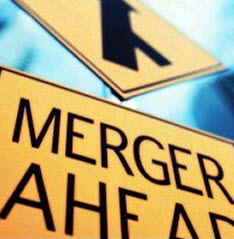Back in the day, by which I mean the mid-2000s, I worked on a few reverse mergers. The term is kind of a misnomer, because it sounds like the unwinding of a merger, but it actually refers to an alternative way for private companies to go public by merging with a public “shell” company. The shell has little or no current operations and files its 10-Ks and 10-Qs, waiting to complete the reverse merger and acquire the private company. A private company would go this route, rather than doing a traditional IPO, mainly because it is not large enough to attract the interest of first-tier investment banks, and because completing the reverse merger can be done relatively quickly, without the SEC review process associated with a traditional IPO. However, there are a number of caveats and restrictions that should be considered by any private company before proceeding down this route:
- Several SEC rules limit the activities of issuers and stockholders of former shell companies, including issuers’ ability to conduct certain types of offerings and stockholders’ ability to sell their shares. Basically, the SEC hates reverse mergers, in part because they historically attracted unsavory promoter-types, and in part because the transaction is viewed as an end run around the SEC’s usual procedures, even if it’s technically permitted.
- The cost of being a public company is significant, especially with Sarbanes-Oxley internal control and other requirements, and such costs may be too much for the former private company to bear.
- The major stock exchanges will no longer list a former shell’s shares immediately after the reverse merger, meaning that at least for some time, the shares will be quoted on the OTC Bulletin Board or Pink Sheets, which are shunned by most institutional investors.
- Perhaps because of these factors, companies that have completed a reverse merger tend not to be successful long-term, though surprisingly, a recent study found that reverse mergers of Chinese companies (which have attracted particularly bad press in recent years) performed fairly well on average.
Reverse mergers are not as common as they were, and they may become less so following the enactment of Regulation A+, which will permit mini-public offerings of up to $50 million, which will presumably be attractive to those companies that currently would consider the reverse merger route.